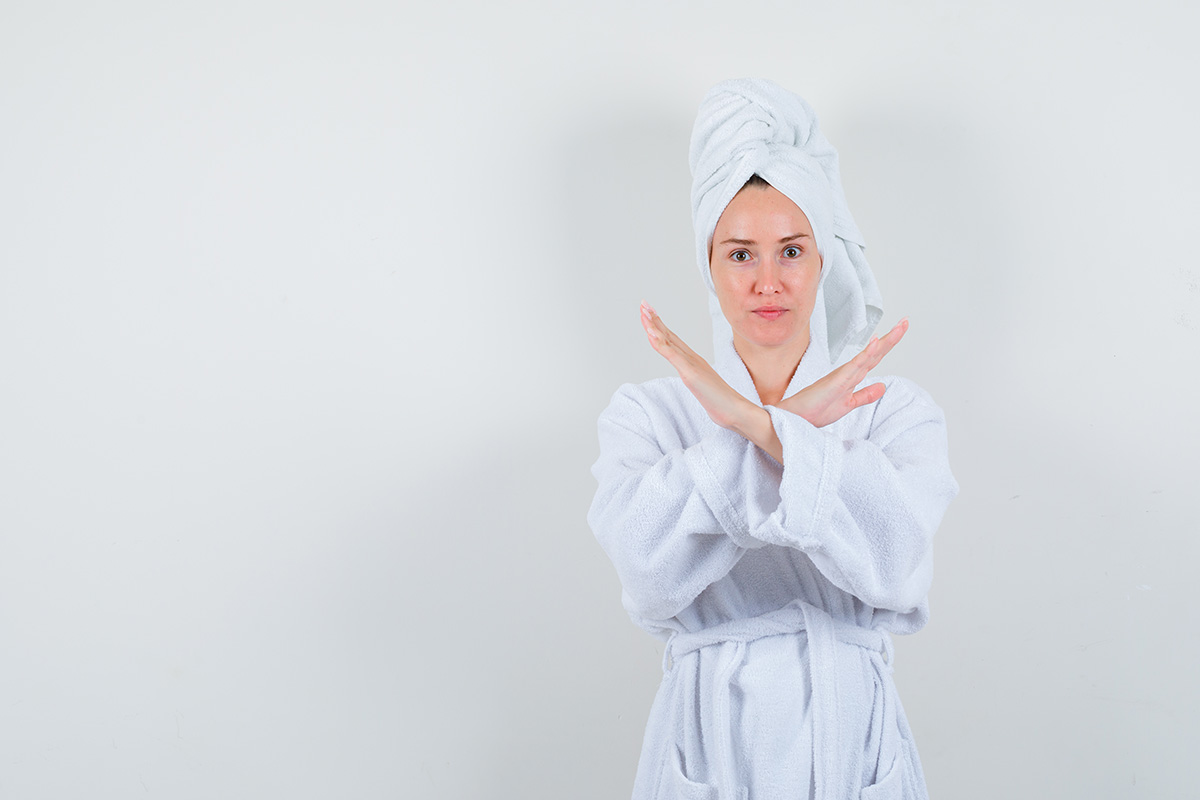
How to take a shower when you don’t feel like?
Functional impairments have been often observed in people with depression. While studies have mainly focused on reduction of symptomatic criteria such as low mood, self-esteem etc. as an outcome, relatively fewer studies have paid attention to drops in the level of grooming or personal hygiene as a key outcome. These can interfere with a person’s functioning and performance. Also, the executive functioning deficits which helps in planning, starting and completing tasks is impaired in people with depression. (Stewart et al., 2020).
Given the challenges in adhering to pharmacological treatment and access to psychological options in people with depression, it might be of further importance to find simple, informal ways that individuals can practice self-care by themselves to manage their symptomatology. These can include both health promotion and symptom management tasks such as physical exercise, diet or other everyday activity. (Alonso et al., 208; Morgan at eal., 2012; Pilkington & Wieland, 2020; Rossom et al., 2016). The fatigue and hopelessness can come in the way of simple behavioral changes. However, it has been posited that changes in behaviors can improve mood which in turn boosts an individual’s confidence in their ability to take steps towards managing depressive symptoms (Ludman et al., 2013; Wing et al., 2002).
Here are some tips:
1. Pamper yourself: If you don’t feel like turning on some music, using bath oils/gels, cleaning your bathroom can make the task more inviting.
2. Break down the task: If showering seems too big, following some steps can make it look easier:
a. get up from bed
b. remove clothes
c. turn on tap
d. wet
e. soap
f. rinse
g. dry
h. wear comfy clothes
i. back to bed
3. Make it easier: Use baby wipes, sponge baths for vital body parts, dry shampoos, shower seats to sit down,brush and shower together etc. to make the task simpler especially if you’re too tired.
4. Set alarms: Keep goals on how many times you want to shower in a week, set reminders, ask a buddy to remind you and try to be consistent as you build the habit. You can also schedule an in-person meeting or work task, or expose yourself to sunlight that might drive you to shower.
5. Shower with your buddy: Take your pet/partner to the shower to make it more enjoyable.
6. Pep talk: “i don’t feel like”, “it’s too much” are some thoughts that can get in the way of you initiating the task. Having visual or audio cues to persuade you can be motivating.
7. Bibliotherapy: Reading blogs or articles of people who have been through similar situations can help you build self-efficacy and may inspire you to make a change.
8. Mastery: Imagining yourself completing the task can lead to pleasant feelings and experiences in dealing with a challenge successfully can boost your confidence. Moreover, showering can be a relaxing activity and uplift mood.
References:
Alonso, J., Liu, Z., Evans‐Lacko, S., Sadikova, E., Sampson, N., Chatterji, S., … & WHO World Mental Health Survey Collaborators. (2018). Treatment gap for anxiety disorders is global: Results of the World Mental Health Surveys in 21 countries. Depression and anxiety, 35(3), 195-208. https://doi.org/10.1002/da.
DeBattista, C. (2005). Executive dysfunction in major depressive disorder. Expert review of neurotherapeutics, 5(1), 79-83. https://doi.org/10.1586/
Ludman, E. J., Peterson, D., Katon, W. J., Lin, E. H., Von Korff, M., Ciechanowski, P., … & Gensichen, J. (2013). Improving confidence for self care in patients with depression and chronic illnesses. Behavioral Medicine, 39(1), 1-6. https://doi.org/10.1080/
Rossom, R. C., Shortreed, S., Coleman, K. J., Beck, A., Waitzfelder, B. E., Stewart, C., … & Simon, G. E. (2016). Antidepressant adherence across diverse populations and healthcare settings. Depression and anxiety, 33(8), 765-774. https://doi.org/10.1002/da.
Morgan, A. J., Jorm, A. F., & Mackinnon, A. J. (2012). Usage and reported helpfulness of self-help strategies by adults with sub-threshold depression. Journal of Affective Disorders, 136(3), 393-397. https://doi.org/10.1016/j.jad.
Pilkington, K., & Wieland, L. S. (2020). Self-care for anxiety and depression: a comparison of evidence from Cochrane reviews and practice to inform decision-making and priority-setting. BMC Complementary Medicine and Therapies, 20(1).https://doi.org/10.1186/
Stewart, V., Judd, C., & Wheeler, A. J. (2021). Practitioners’ experiences of deteriorating personal hygiene standards in people living with depression in Australia: A qualitative study. Health & Social Care in the Community. https://doi.org/10.1111/hsc.
Wing, R. R., Phelan, S., & Tate, D. (2002). The role of adherence in mediating the relationship between depression and health outcomes. Journal of psychosomatic research, 53(4), 877-881. https://doi.org/10.1016/S0022-